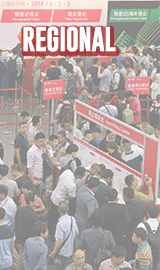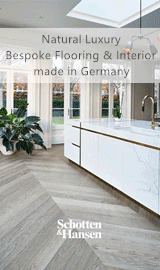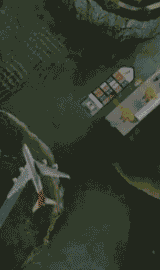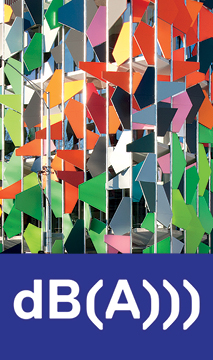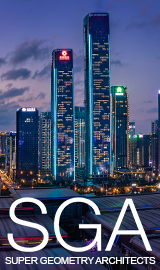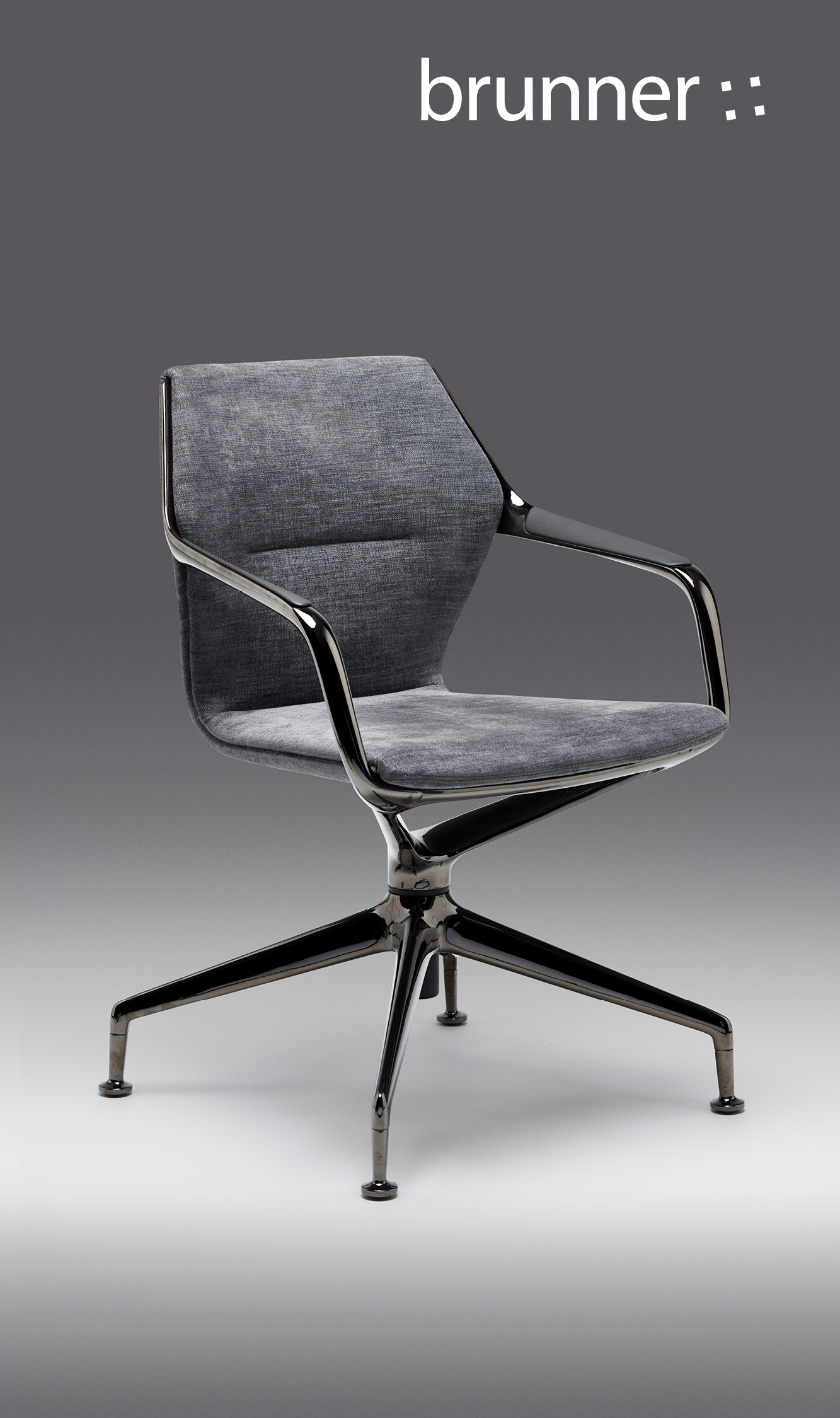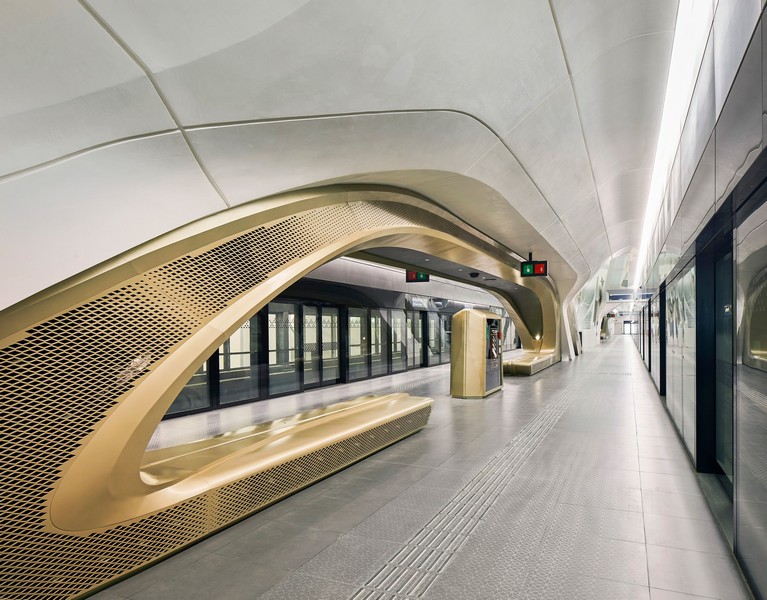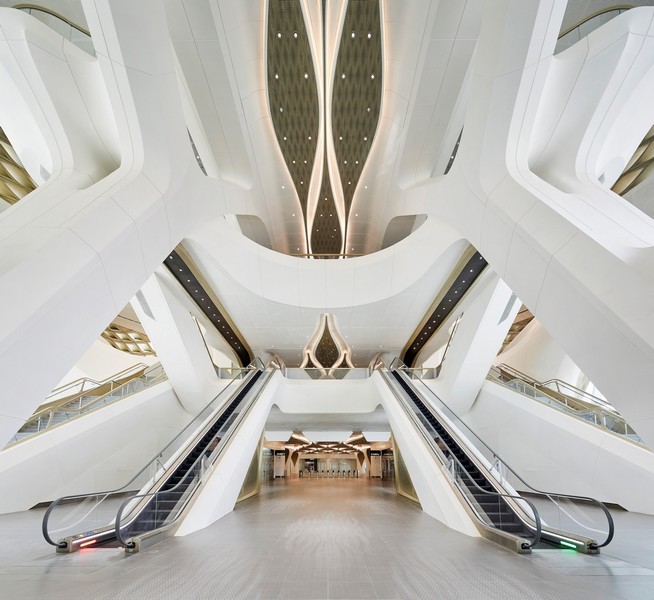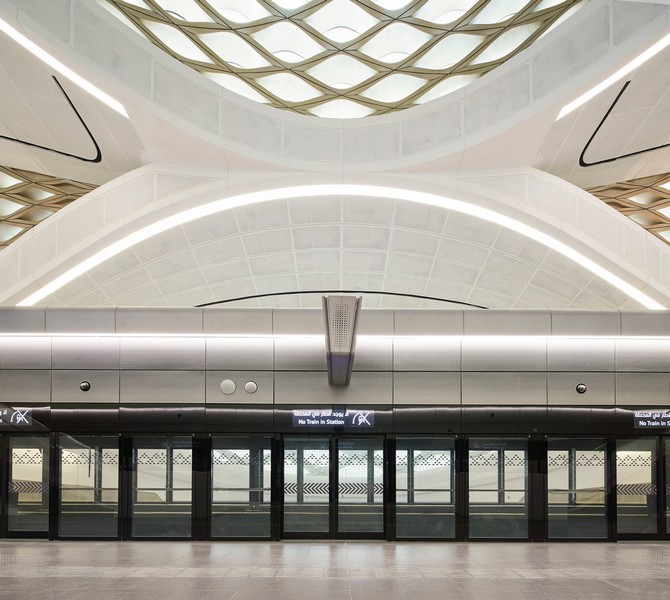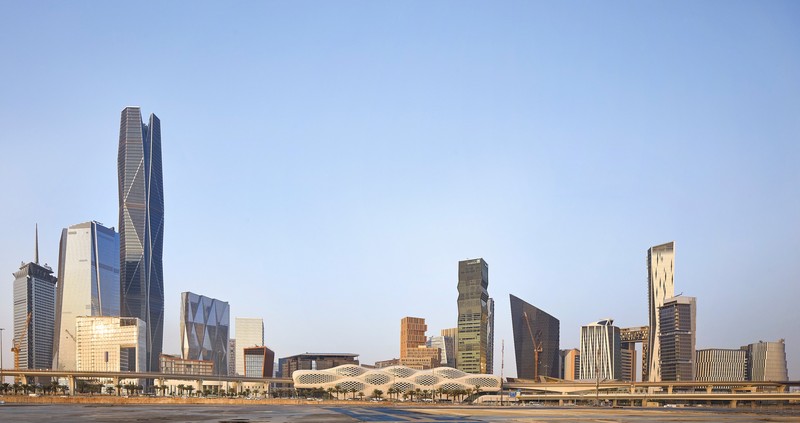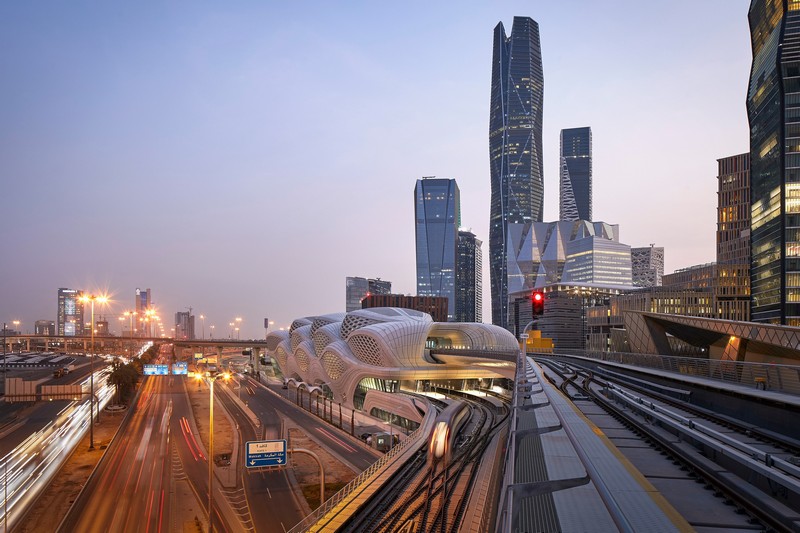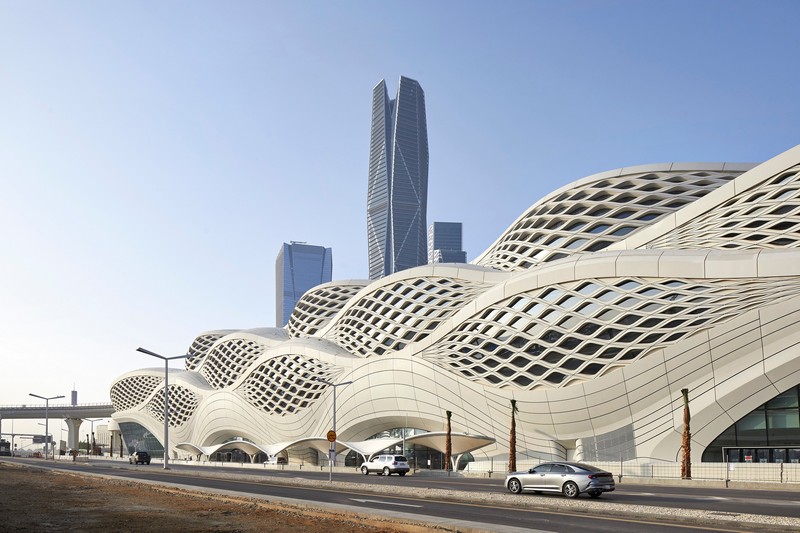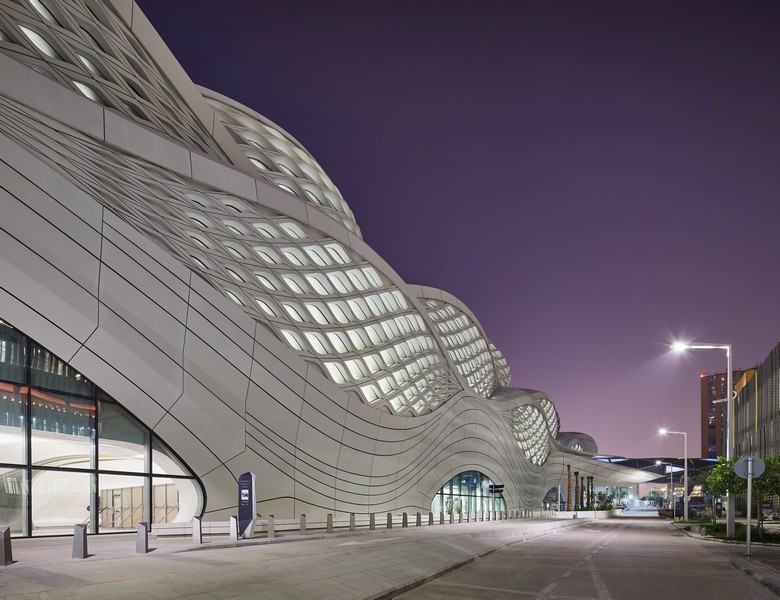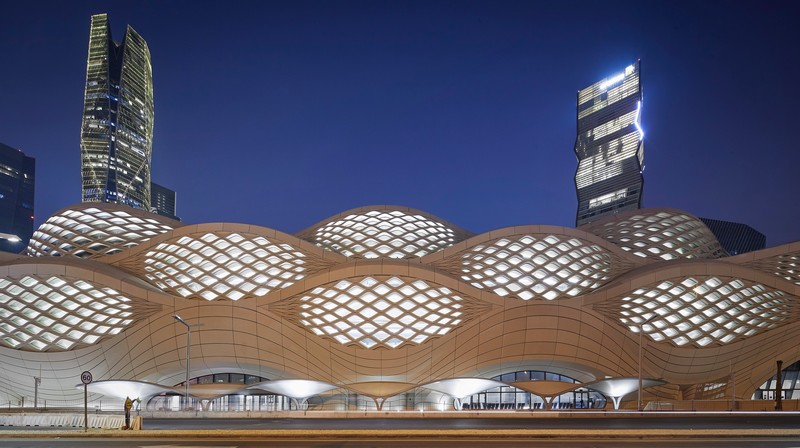The King Abdullah Financial District (KAFD) Metro Station in Riyadh stands as a testament to advanced façade engineering and meticulous material selection, seamlessly blending architectural expression with environmental performance.
Text: ZHA Photos: Hufton + Crow
Designed by Zaha Hadid Architects (ZHA), the station’s exterior plays a crucial role in defining both its aesthetic and functional identity, creating a landmark transport hub within Saudi Arabia’s evolving urban landscape.
At the heart of the station’s design is its ultra-high-performance concrete (UHPC) façade, which serves as a contemporary reinterpretation of traditional environmental sheltering found in the region’s architecture. The façade features a dynamic lattice structure, generated from mathematical sinewave patterns that mirror the fluctuating movement of pedestrian and rail traffic throughout the station. This intricate network forms the spine of the building’s circulation, ensuring optimal connectivity while reducing congestion.
The geometric perforations across the station’s concrete panels are not only visually striking but strategically engineered to mitigate solar gain. By controlling the amount of sunlight penetration, the façade enhances thermal comfort within the station while minimizing cooling demand—critical in Riyadh’s desert climate. These patterns, reminiscent of sand formations sculpted by desert winds, give the station a fluid, organic exterior that ties it to the natural landscape while pushing architectural boundaries.
Environmental performance
Beyond aesthetics, the KAFD Metro Station exemplifies integrated material selection and structural efficiency. ZHA refined the design through iterative optimization to enhance both environmental performance and ease of construction. The station’s self-supporting concrete envelope seamlessly integrates with the internal structure, supporting the train platforms and viaducts while reducing material redundancy. This holistic approach to engineering ensures structural integrity while maintaining the elegant sculptural quality for which Zaha Hadid Architects is renowned.
Sustainability is embedded within the façade’s functionality. The station employs a high-efficiency cooling system powered by renewables, automatically adjusting to passenger density throughout the day. Strategically placed sliding door panels on train platforms ensure cool air is retained within the station, improving energy efficiency without compromising user comfort. This commitment to sustainable material use and environmental sensitivity is reflected in the station’s LEED Gold certification, marking it as a benchmark for future urban development in Riyadh.
The KAFD Metro Station’s façade engineering aligns with Riyadh’s broader urban transformation, redefining public transport as a central feature of city life. Through innovative material selection, thoughtful design, and sustainable solutions, the station not only enhances urban mobility but also contributes to Riyadh’s architectural identity.
Ultimately, the KAFD Metro Station is more than a transit hub, it is an architectural achievement where façade engineering, material innovation, and urban connectivity converge. Its exterior embodies the interplay between tradition and modernity, functionality and beauty, marking a significant step forward in sustainable, high-performance urban infrastructure.


